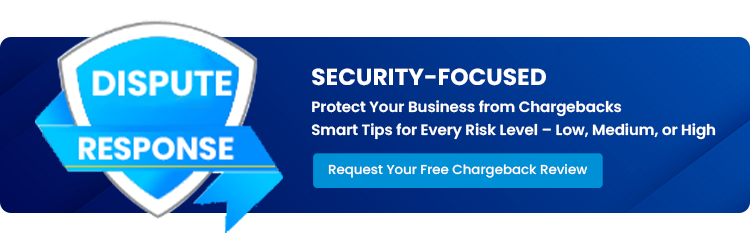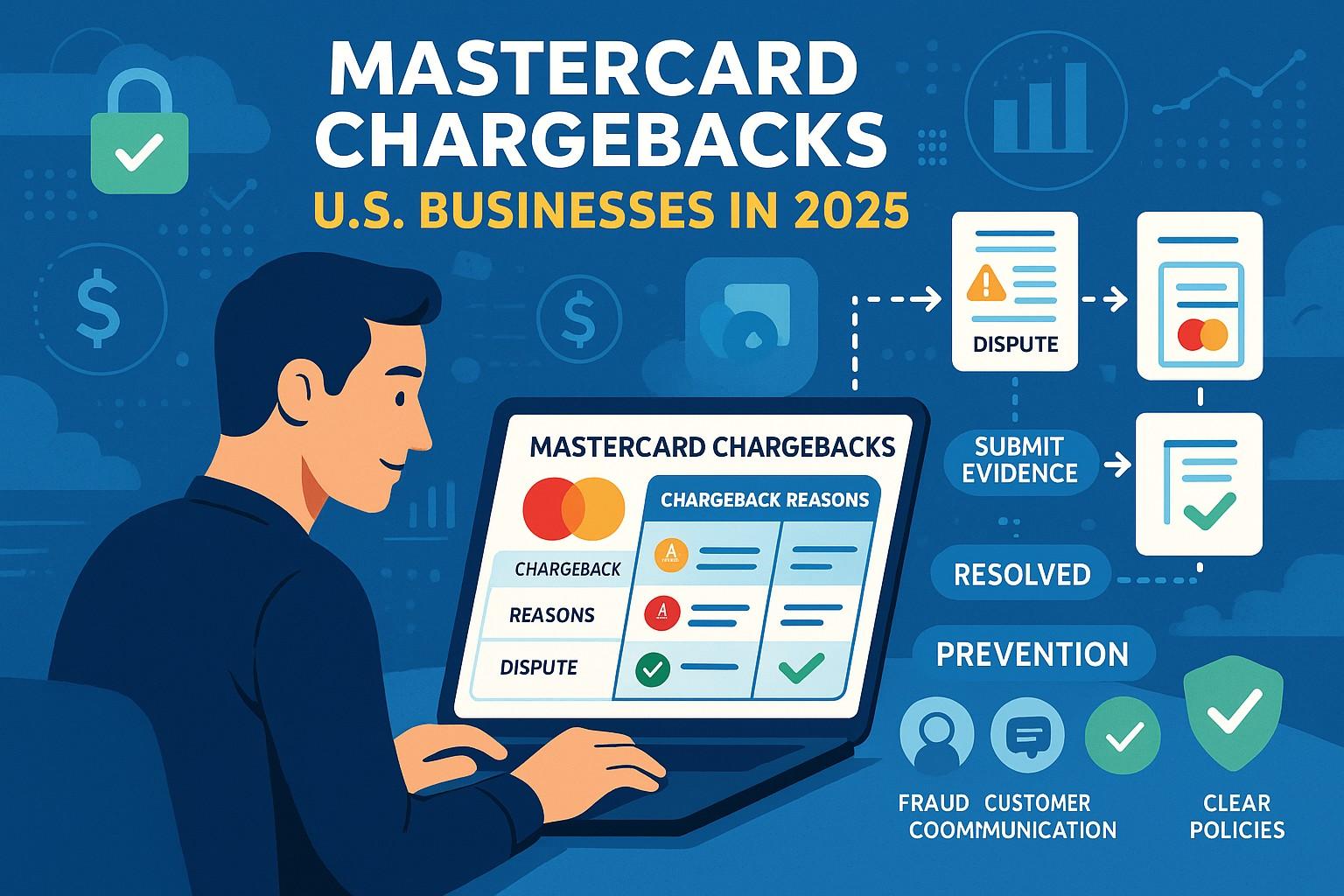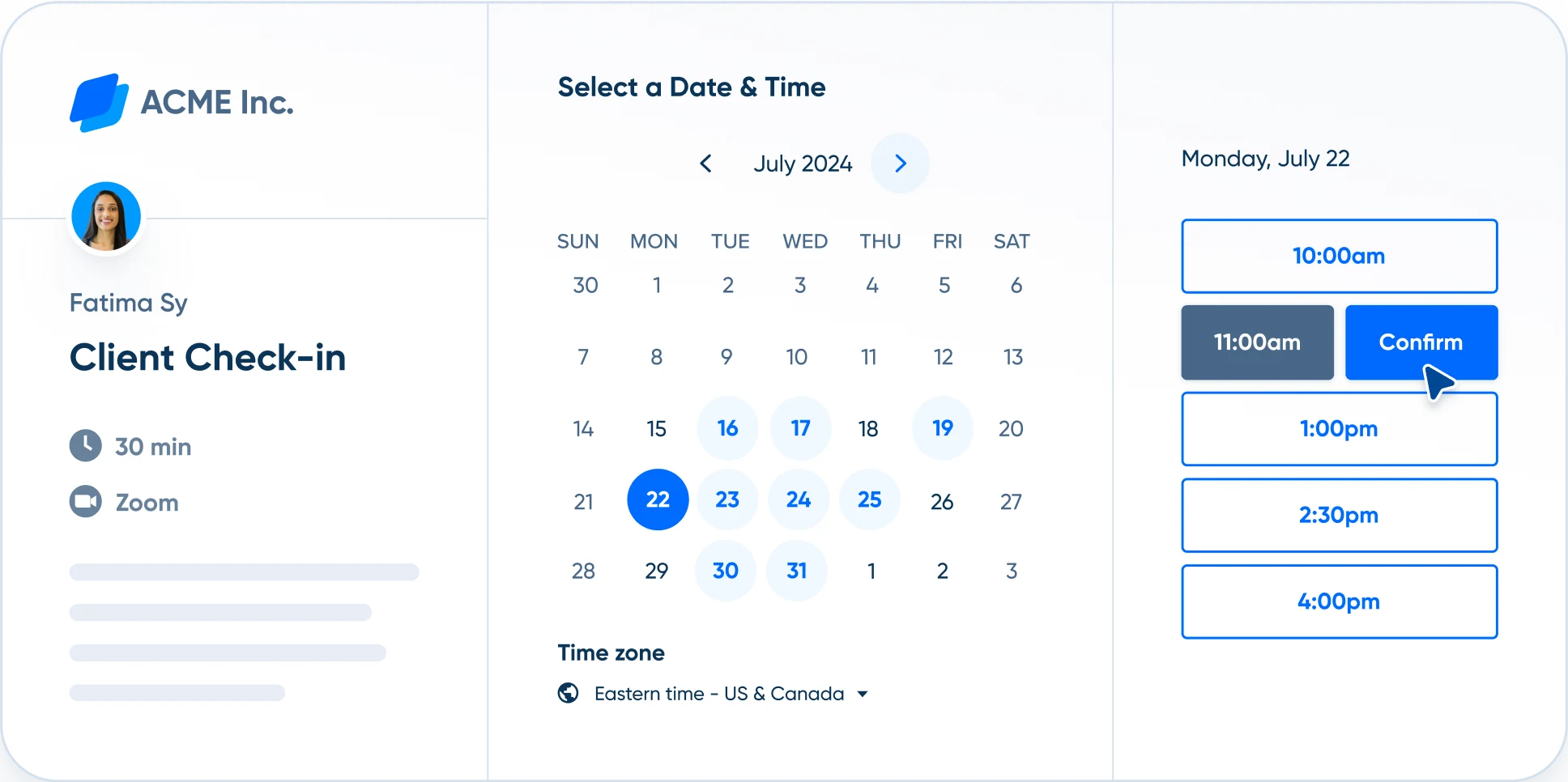Chargeback Management Services - Dispute Response Aug/ 27/ 2025 | 0
Chargebacks can be a costly challenge for merchants, especially in 2025 when fraud and consumer disputes are on the rise. If you process Mastercard transactions, understanding how Mastercard chargebacks work is crucial to staying compliant, protecting your revenue, and minimizing financial risk.
In this updated guide, we break down the essential components of Mastercard chargebacks and what U.S. businesses need to know to manage them effectively.
What Is a Mastercard Chargeback?
A chargeback is a transaction reversal initiated by the cardholder’s bank (the issuer) through Mastercard’s payment network. It occurs when a customer disputes a charge on their card for reasons such as:
- Fraud or unauthorized use
- Non-receipt of goods or services
- Defective or not-as-described products
- Duplicate charges or billing errors
Mastercard provides a set of rules and reason codes that govern when and how chargebacks can be filed.
Key Players in a Chargeback Process
There are four main parties involved in every Mastercard chargeback:
- Cardholder: The customer who initiates the dispute.
- Issuer Bank: The customer’s bank that processes the dispute.
- Acquirer: Your business’s payment processor or acquiring bank.
- Merchant: You, the business that accepted the payment.
Common Mastercard Chargeback Reason Codes (2025 Update)
Here are some of the most frequent Mastercard chargeback reason codes U.S. businesses face:
| Reason Code | Description |
| 4837 | No Cardholder Authorization |
| 4853 | Cardholder Dispute (e.g., defective merchandise) |
| 4863 | Cardholder Does Not Recognize Transaction |
| 4840 | Fraudulent Processing of Transactions |
| 4808 | Authorization-Related Issues |
Knowing these codes helps you understand the dispute and how to respond.
Mastercard Chargeback Time Limits in 2025
Time is critical in the chargeback process. As of 2025:
- Cardholders typically have 120 days from the transaction date or discovery of an issue to initiate a chargeback.
- Merchants have 20–45 days to respond, depending on the processor.
Missing a deadline may mean an automatic loss of the dispute.
Representment: Your Opportunity to Fight Back
If you believe a chargeback is invalid, you can fight it through representment. This involves submitting compelling evidence to your acquirer to prove the transaction was legitimate.
Acceptable Evidence Includes:
- AVS/CVV match results
- Shipping confirmation or tracking number
- Screenshots or email communication with the customer
- Signed proof of delivery or service completion
Mastercard’s Dispute Resolution Process
In 2025, Mastercard continues to use a structured four-stage process for dispute resolution:
- First Chargeback – Issuer files the chargeback.
- Merchant Representment – Merchant submits evidence to challenge the claim.
- Pre-Arbitration – If the issuer is unsatisfied, they can challenge again.
- Arbitration – Mastercard makes a final decision (fees apply).
Tips to Prevent Mastercard Chargebacks in 2025
Proactive prevention is still the best strategy. Here’s how:
- Use clear product descriptions and refund policies
- Ensure fast and trackable shipping
- Maintain detailed transaction records
- Implement fraud tools like 3D Secure, AVS, and velocity checks
- Offer real-time support and easy returns
Why Mastercard Chargebacks Matter to U.S. Merchants
Frequent chargebacks can lead to:
- Increased processing fees
- Placement in Mastercard’s Excessive Chargeback Program (ECP)
- Frozen funds or terminated merchant accounts
Managing chargebacks correctly ensures your business remains in good standing and avoids penalties.

Email us anytime!
Email customer service 24/7

Call us anytime!
Reach customer care 24/7 at +1 (888) 927-5152
Final Thoughts
In 2025, Mastercard chargebacks continue to be a major concern for U.S. merchants—but with the right knowledge and strategies, you can stay ahead. Understanding reason codes, response deadlines, and prevention best practices will not only help you win disputes but also reduce overall chargeback volume.


